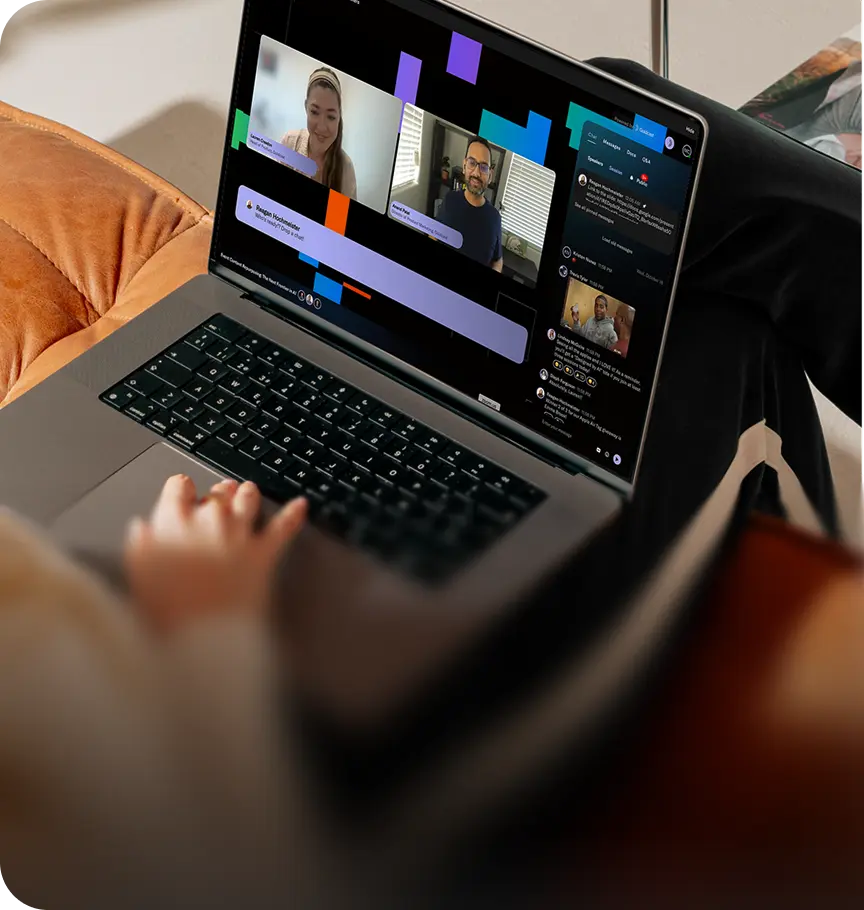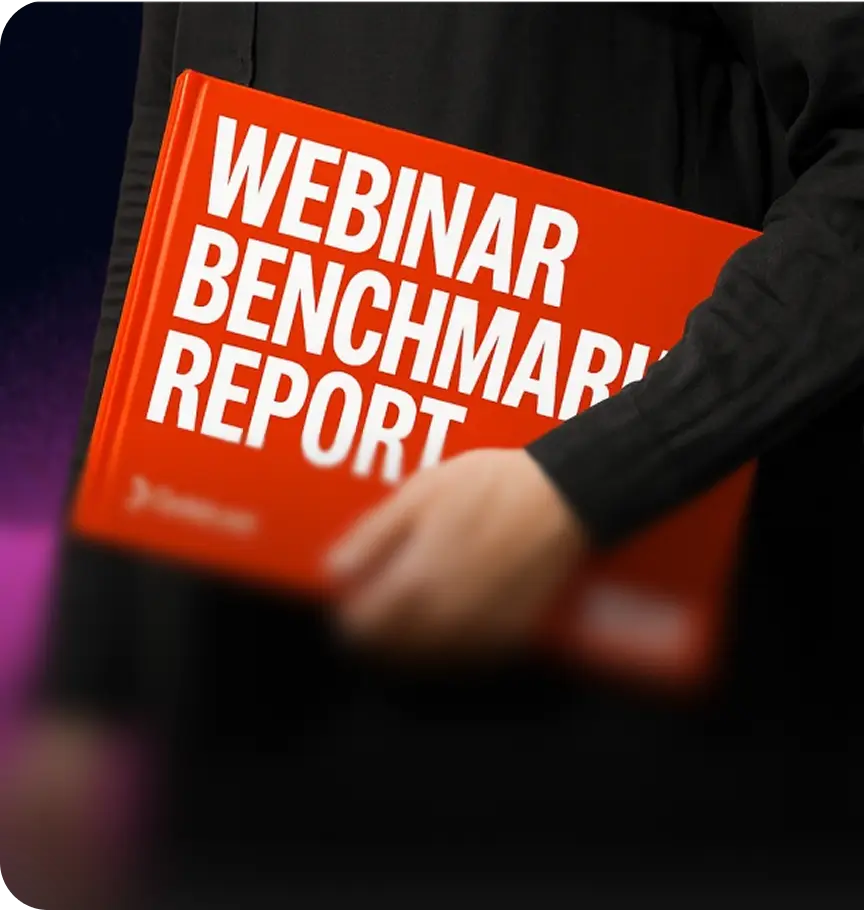At past companies like Clari and Gong, I ran into the same challenge every content team faces: Our best ideas weren’t on the internet. They were trapped in meetings, Slack threads, and sales calls.
So we flipped the script. Instead of trying to create thought leadership, we started extracting it—from the experts already inside the company.
With one low-pressure recording and the right tools, we were able to build a high-volume content engine that didn’t rely on a creative team or big budget.
What you'll learn
- A proven 4-step framework I’ve run at multiple B2B brands
- How to scale quality video content without a production team
- Tips for maximizing distribution without burning out your channels
Expected results
- 1 long-form video for YouTube, blog, or gated page
- 3–5 short-form video clips for social
- 1 blog post with embedded video + SEO juice
- More trust, more reach, more mindshare
Step 1: Make the ask-and make it easy
Selecting a topic for your content is the easy.
The hardest part? Getting your SME to say yes. So don’t overcomplicate it.
I’d reach out with a quick message like:
"Hey, can I borrow you for 30 minutes to riff on [insert topic]? No prep, just a casual chat. We’ll turn it into a few video clips for social and maybe a blog post."
That’s it. No slides, no run-of-show. The goal is to make it feel like a conversation, not a performance. Just two smart people talking shop.
Before we recorded, I’d send 3–4 bullet prompts max. Enough to spark ideas, not script the session.
Hot tip: Title doesn’t always equal value here; skip the C-suite if they’re too far from the day-to-day action. Your most relatable insights often come from senior managers or team leads.
Step 2: Hit record, not rehearse
You can use Goldcast Recording Studio to capture the interview—clean audio, high-res video, and no tech issues to babysit.
During the session, I’d guide the flow with simple frameworks:
- What’s the biggest myth in your field?
- What’s something most people get wrong?
- What’s changing fast—and how are you adapting?
You’d be amazed what you get when someone feels relaxed and heard. No jargon. No rambling. Just sharp insights with personality.
Step 3: Let AI do the heavy lifting
After recording, the file is processed and transcribed by Goldcast Content Lab. And this is where the magic happens:
In minutes, you’ve got:
- A transcript to pull quotes from
- Short video clips auto-suggested by AI
- Social copy drafts, ready to post
- Email snippets with SME quotes and takeaways
What used to take a producer or editor a full week? Now it’s ready by lunch.
Step 4: Distribute it like you mean it
This is where most teams drop the ball. You’ve got great content—now make sure it gets seen.
We’d publish the full video on our blog, then drip out clips over a few weeks on LinkedIn. I’d tag the SME, share from both company and personal profiles, and even reuse snippets in nurture emails.
And here’s the key: Don’t be afraid to repeat yourself. Most of your audience won’t catch it the first time. That’s not annoying—it’s smart marketing.
Results
In past experiences, this play doubled our video output in less than a quarter. It gave Sales content they actually wanted to use. And it made our brand feel more human, more expert, and more relevant.
It works because it’s real and repeatable.
Devin Reed’s Full AI-Powered Video Content Playbook
Battle-tested workflows that let you repurpose everyday conversations.





 Upcoming Events
Upcoming Events Event Series
Event Series On-Demand Events
On-Demand Events


